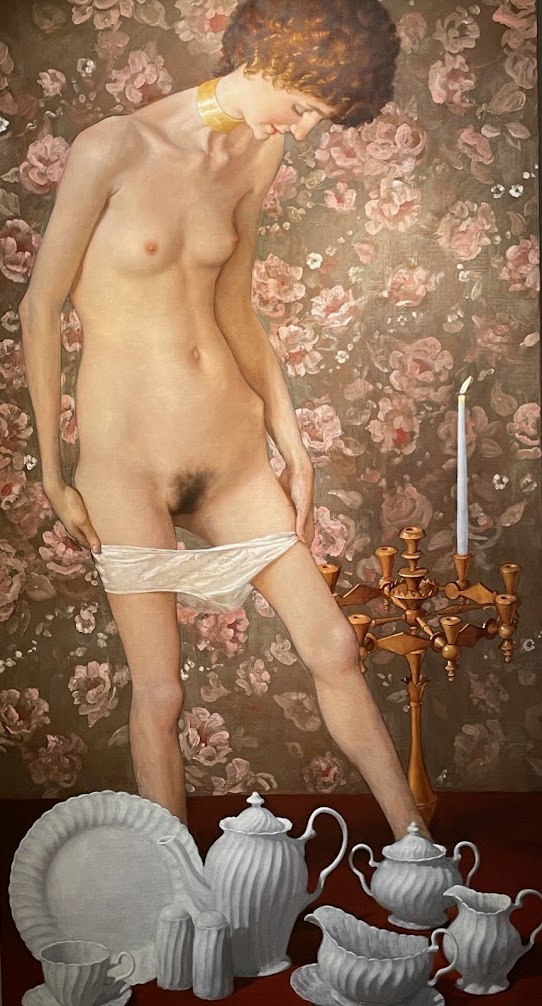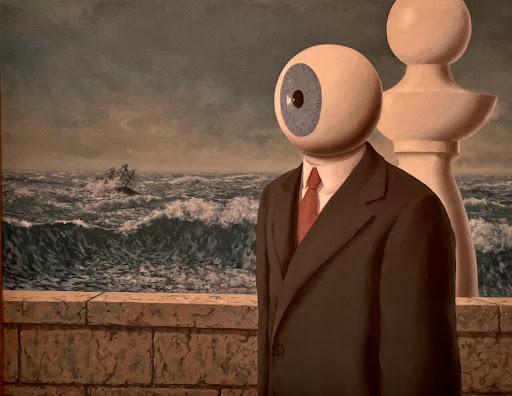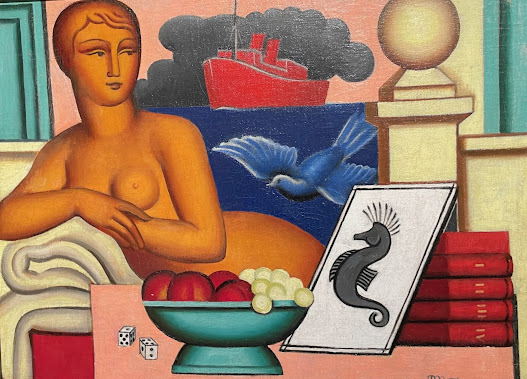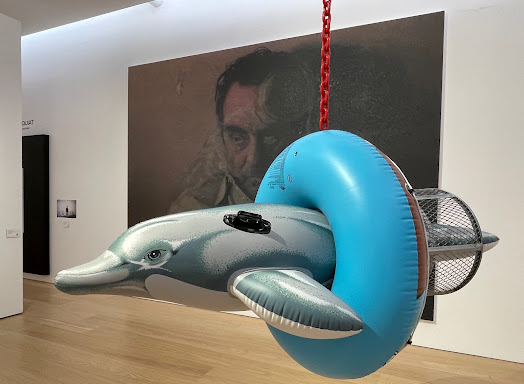(Drivebycuriosity) - I am fascinated by evolution, how we and every living thing around us developed. Peter Godfrey-Smith takes the reader on a journey through time and narrates about how human being evolved, developed social behavior and then created cities: "Living on Earth: Forest, Corals, Consciousness, and the making World" (about 250 pages amazon). The author is a professor in the School of History and Philosophy of Science at the University of Sydney.
The author writes about his frequent dives at Australian coasts - where he watched octopuses and other live forms -, his hikes in his native Australian forest and his visits of the African rain forest. Besides his own extensive research Godfrey-Smith processes the work of many others, including geneticists, historians & philosophers. I enjoyed the 9 essays with more than 40 chapters very much and I learned a lot, but the book blossoms in many directions and it is too eclectic to write a fair review.
Anyway, here are some tidbits:
Pockets Of Order
Our world is ruled by the laws of thermodynamics and entropy and order turns finally order in disorder, everything will fall apart. But a living organism is - temporarily - "a pocket of order, a cluster of chemical processes that maintains itself, self-perpetuates, keeps re-creating its otherwise improbable organization".
"Life on earth might have get started around ocean vents, where a natural flow of energy and materials comes up from beneath the earth, and porous rocks provide compartments in which reactions can be partly confined. From there, some of these cycling tangles of activity could start to produce boundaries - rough and imperfect - that are self-made rather than externally provided. The result is something increasingly cell-like."
"The more stable of these cell-like pockets of order will persist, and might bud off new one, like daughters, containing small sample of these interacting chemicals.........Each one is self-perpetuating, maintaining itself through cycles of chemical reactions, and occasionally creating new system of the same kind".
"Pockets of organization, making use of a source of energy and some initial way for reactions to compartmentalize, leading to cell-like self-maintaining beings that proliferate within a more chaotic and disorderly sea around them."
Darwinian Competition
Godfrey-Smith quotes also Richard Dawkin´s book "The Selfish Gene": "Life begins with replication, with some molecules arising that produce copies of itself. These copying molecules spread, become numerous, and can also have effects on what is around them that influence their chances of being copied. Some are better at this than others, and through this initial Darwinian competition they become able to form cells and control metabolic processes, slowly bringing more of the world under their control".
What we call "life" usually involves both of these phenomena (metabolism & reproduction) - the use of energy to maintain order, and the production of new living being from old.
And there is more, for instance:
"The world gets warmer, that leads to more carbon being locked up in rock by the geological carbon cycle, and this (eventually) makes things cooler, heading back to where we started".
"In the early history of the transformation of the environment by living organisms, effects were mostly achieved by producing and modifying chemicals. Sometimes, as with plants and rivers, organism had effects through their growth and form".
Shrieks, Cheeps & Soprano Cadences
We learn about birds: "Small parrots appeared in large flocks...They gathered in trees, filled them, turned a dead tree from gray into sparkling yellow-green. Occasionally they flight together and came swooping and rocketing over the water hole, over our heads. We could hear and feel the thousand of small wing beats."
"King Parrots emit single soprano notes of a half-second of so when they are sitting, and a great mixed-up blast of sound when flying.... some have a call like the squeak of a rusted gate, or a cork being pulled from a bottle. When all are going at once, the air fills with shrieks, cheeps, a few soprano cadences, and, as if n celebration, corks being pulled from wine bottles, over and over again".
Chemical Communication
Godfrey-Smith describes how living beings communicate, for instance "bacteria communicate by releasing and absorbing chemicals. They use chemical communication to work out how many other cells of the same kind are around (this is called "quorum sensing")".
He sums up: "Life, pockets of order and the control of energy, appeared early on Earth. Life exists within flows, in traffic, using resources and changing its environment. Life includes reproduction, along with the metabolic control of processes. With reproduction comes recurrence and multiplication: a few give rise to many. With multiplication, variation, and the inheritance of traits comes a Darwinian process of evolution by natural selection".
I chose this books because I loved Godfrey-Smith`s book "Metazoa - Animal life and the Birth of the Mind" that I find better accessible" (my review). I recommend to start with "Metazoa" and maybe continue with "Living on Earth".






















































